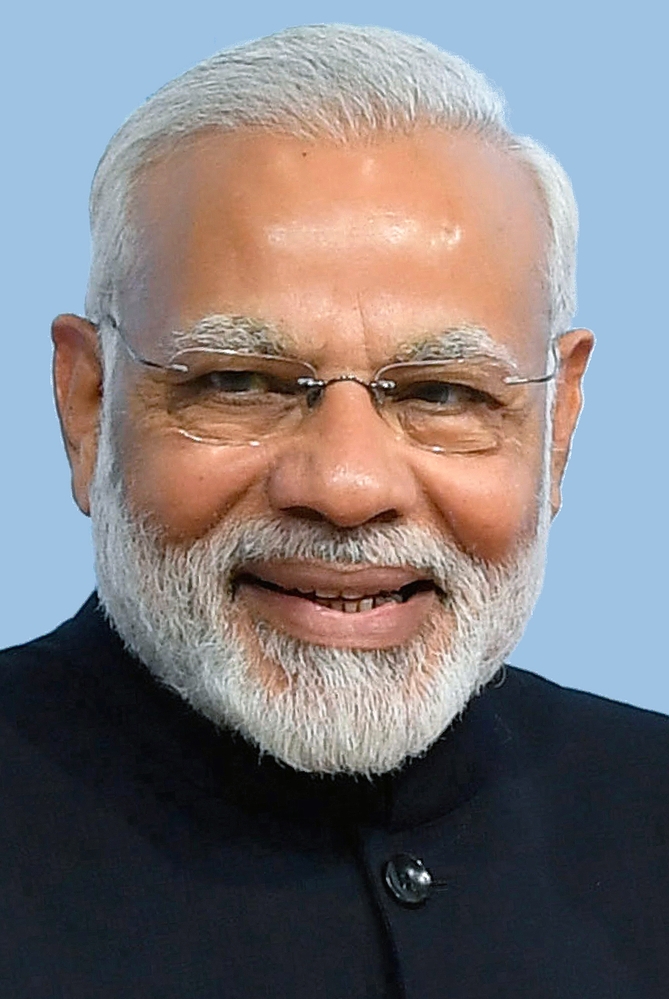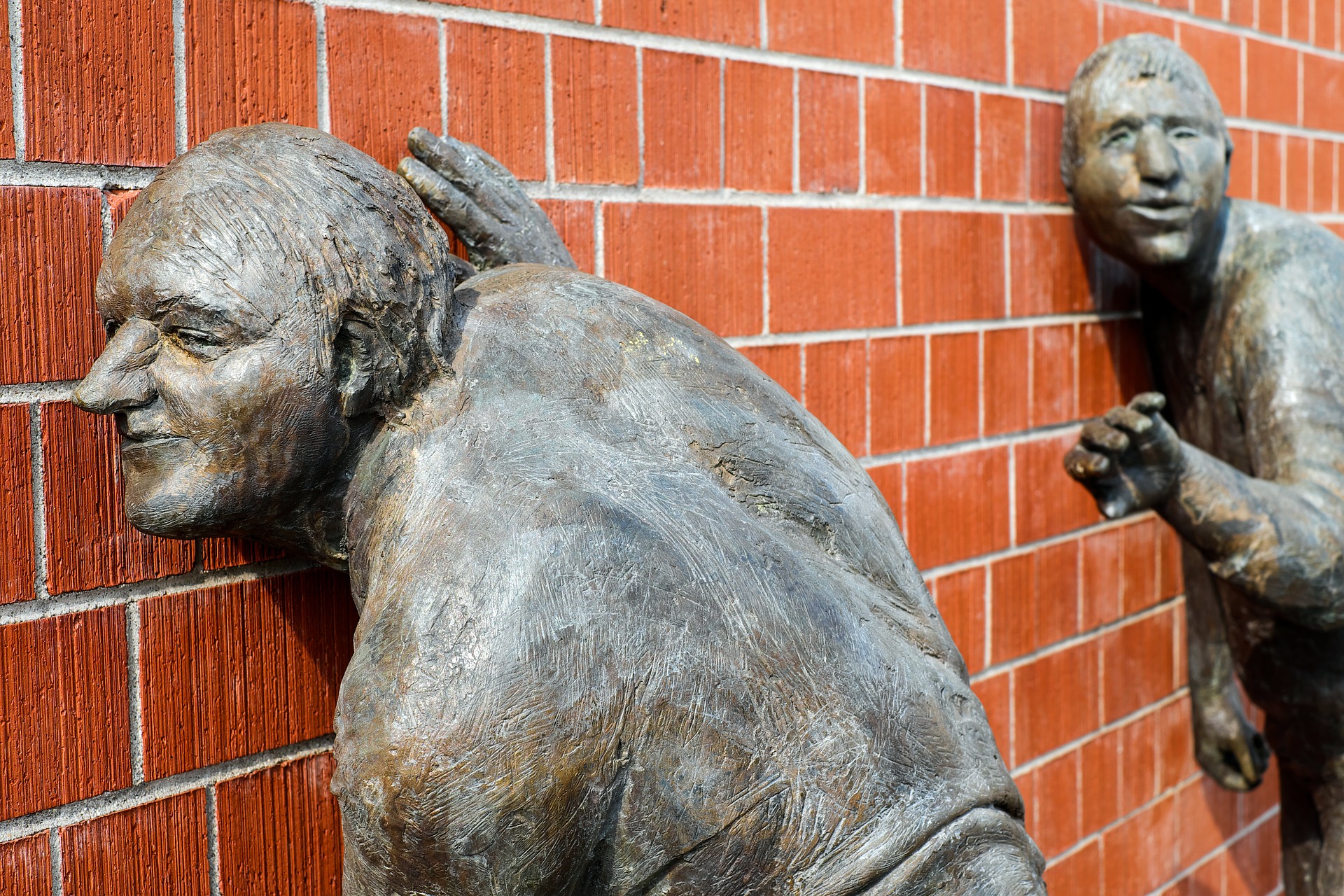Nandita Kochar
Marcel Proust was an early 20th-century French writer behind what is officially the longest novel in the world: À la recherche du temps perdu (In Search of Lost Time) – which has 12,67,069 words in it. The text was published in French in 7 volumes, spanning over 14 years. And was immediately hailed as the masterpiece of the century, or put more simply, of all time.
In Search of Lost Time entails Proust’s search for the meaning & purpose of life and is rich with his philosophy on matters essential to human existence – Social Success, Friendship, Suffering, Love and something we’d be discussing in this article, Art. Happy Ho organizes best Meditation and Tarot classes in Noida and Delhi NCR area in India.
For Proust, great artists deserve the deepest of our appreciation for they show us the world with a perspective that is fresh, alive and different. So often do we lose ourselves to our habits that a veil of familiarity falls between us and everything that matters. Habit dulls our ability to appreciate what surrounds us, may it be a lover’s kiss on the cheek or a sunrise.
We often watch children jump in puddles, smell flowers and look at every little inch that surrounds them, with wonder. And we ask ourselves, “What’s so special about jumping in these puddles anyway?” But reverse in time, we were these very children whom we ridicule today. And deep down, when we say, “What’s so special about jumping in these puddles anyway?”, we long for this sense of wonder which a little one has, this sense which lets him or her treasure the little things that we, as adults, often walk over. Little things that carry the simplest purest form of happiness, of joy.
Proust encouraged all to revive this child in them, to strip the veil of habit and look upon the mundane with a greater sensitivity. And that’s what artists do – give the pink Lilies or a woman sitting at the railway station their much deserved attention. Children and artists, as it appears, are free from the shangles of habit.
Proust simply wants us to look at the world with a little more generosity, to start taking pleasure in the cracks of a wall, dew drops hanging on a leaf, the way the light falls on someone’s face. And the moment we begin to do that, we’ll learn how to deeply appreciate both art and life itself.
“The reason why life may be judged to be trivial although at certain moments it seems to us so beautiful is that we form our judgement, ordinarily, not on the evidence of life itself but of those quite different images which preserve nothing of life – and therefore we judge it disparagingly.”, said Proust.
And that’s why art is so important. It reminds us of how truly beautiful and fascinating life is and relieves us of our veil of ingratitude and boredom.





